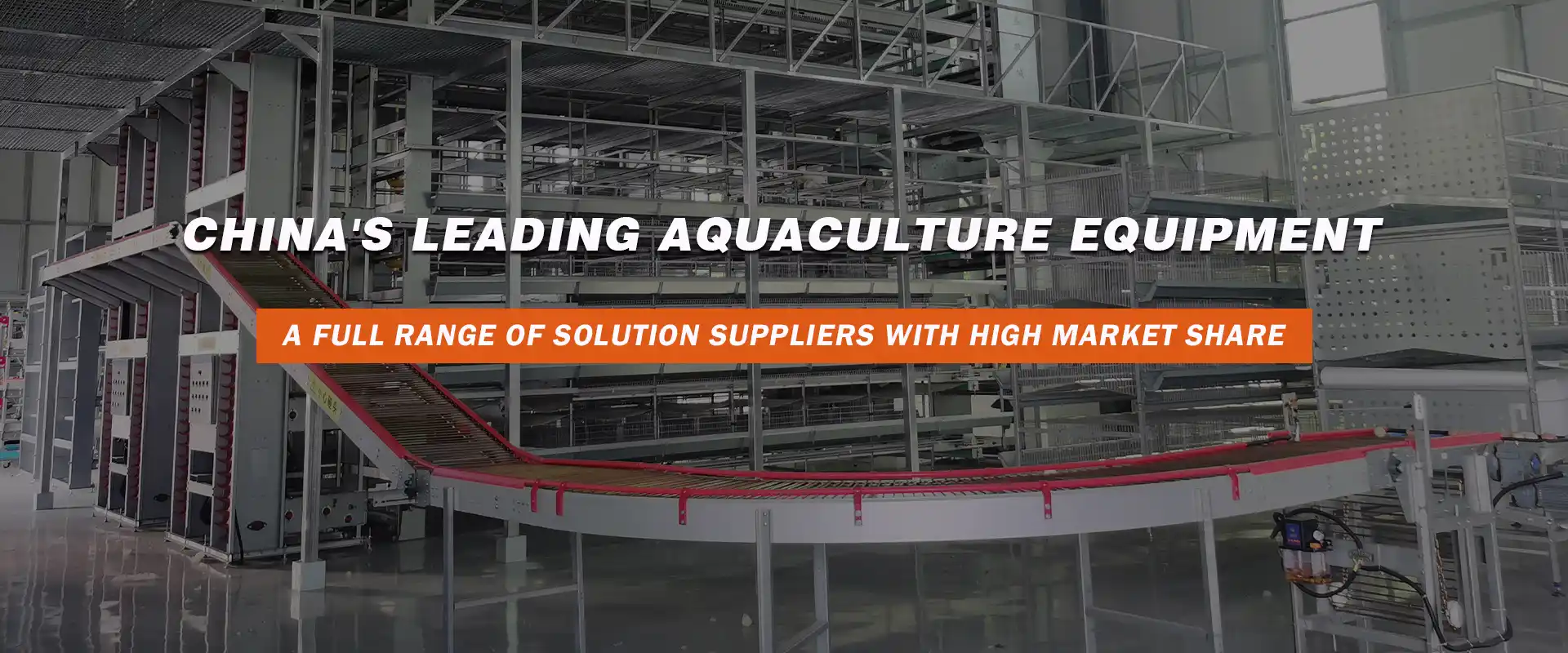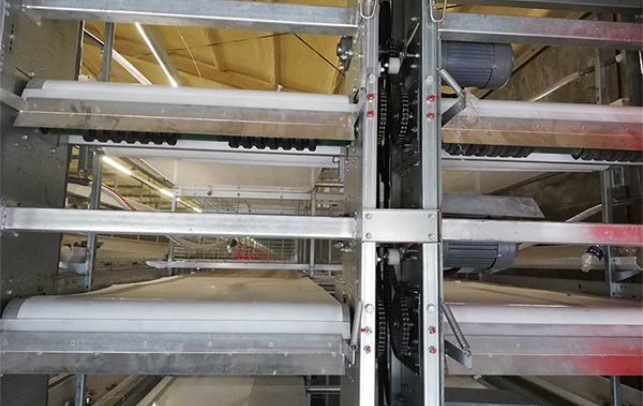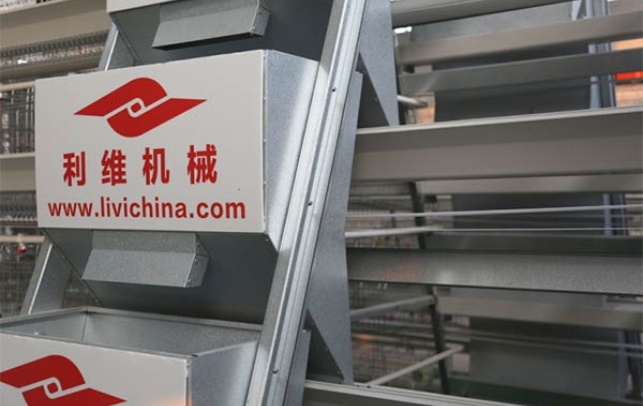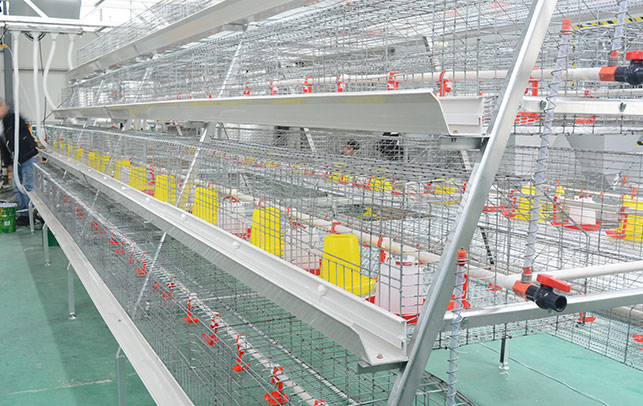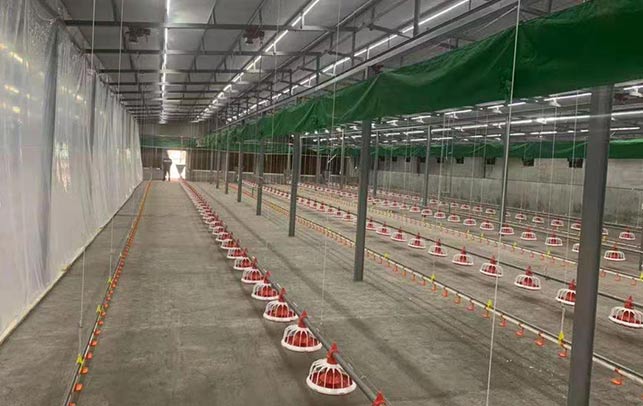Battery Cage Systems for Broilers: A Comprehensive Guide
Time : 2025-03-26
Battery cages for broilers are a common method of housing chickens used in the commercial poultry industry. These cages provide a controlled environment that ensures the health and productivity of the broilers. In this article, we will explore the benefits, types, and considerations when it comes to choosing a battery cage system for broilers.
Introduction to Battery Cages for Broilers
Battery cages are designed to house broilers in a vertically stacked arrangement. The system is often found in large-scale commercial poultry operations where space is limited and efficient management is critical. Each cage is equipped with a feeder, waterer, and a nesting box for the birds.
Benefits of Battery Cages for Broilers
1. Space Efficiency: Battery cages are highly space-efficient, making them ideal for large-scale poultry farms that need to maximize the use of available land.
2. Egg Quality: By providing a controlled environment, battery cages help in maintaining consistent egg quality and production.
3. Health Management: These cages allow for easier monitoring and management of the birds, making it easier to prevent diseases and monitor the health status of the flock.
4. Cost-Effectiveness: Despite the initial setup cost, battery cages can be a cost-effective solution in the long run due to their space-saving and efficient production capabilities.
Types of Battery Cages for Broilers
1. Flat Battery Cages: These are the most common type of battery cage used for broilers. They have flat bottoms and are typically arranged in a single tier.
2. Deep Battery Cages: These cages have a sloped or flat bottom and can be stacked in multiple tiers. They provide more space for the birds to move around and are often used for breeding purposes.
3. Half-Slatted Battery Cages: These cages have a partially slatted bottom, which allows for better air circulation and manure removal.
4. Wire Mesh Battery Cages: These cages have a wire mesh floor, which helps in the collection of manure and reduces the risk of footpad issues in the birds.
Considerations for Choosing a Battery Cage System
1. Bird Comfort: The size of the cage should be adequate to ensure that the birds have enough space to move around comfortably. The space should be sufficient for the birds to stand up, turn around, and spread their wings.
2. Feed and Water Systems: The feeder and waterer should be designed to provide continuous access to feed and water without wastage. It should also be easy to clean and maintain.
3. Health and Safety: The material used for the cage should be durable and non-toxic to prevent any health issues for the birds.
4. Environmental Factors: Consider the climate and environment in which the broilers will be housed. The design of the battery cage should be suitable for the specific climate and minimize heat stress or cold stress.
Maintenance and Upkeep of Battery Cages
Regular maintenance is crucial for the longevity and efficiency of battery cage systems. Here are some maintenance tips:
1. Cleaning: Regularly clean the cages to remove waste, dirt, and dust. This helps in preventing diseases and keeps the environment hygienic.
2. Inspection: Regularly inspect the cages for any signs of wear and tear, and replace or repair any damaged parts.
3. Sanitization: Sanitize the cages after each flock to eliminate pathogens and prevent the spread of diseases.
4. Equipment Checks: Ensure that feeders, waterers, and other equipment are working properly and are regularly maintained.
Conclusion
Battery cage systems for broilers offer a range of benefits in terms of space efficiency, health management, and cost-effectiveness. However, choosing the right type of battery cage and maintaining it properly is essential for the overall welfare of the birds. By considering the factors discussed in this article, poultry farmers can make informed decisions that lead to healthy and productive broiler flocks.




